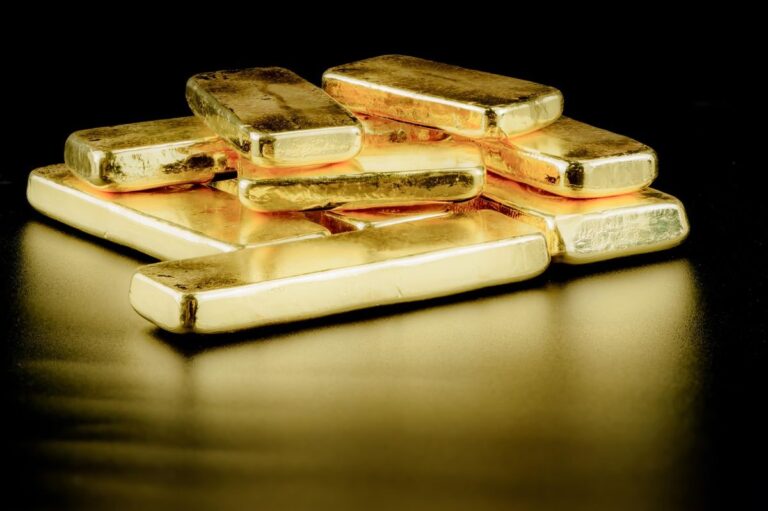The jewellery industry consumes more than 50% of the world’s gold production. There are different kinds of gold alloys used to make jewellery.
When gold is mined it contains impurities like iron and copper. This gold is melted and refined to remove all impurities. What gets produced after the refining process is 99.9% pure gold which is also known as 24karat gold.
At this level of purity, gold is soft, malleable and easy to damage. This is why other metals are added to make it more durable. Gold can also be alloyed with silver or copper to change not only it’s durability but it’s color too. This is why we have white and rose gold jewellery. The common purity levels for gold jewellery are 10, 14, 18 and 22 karats. Each purity levels has its range of benefits and disadvantages.
10 karats is the most durable of the four commonly purity levels. 18k gold is popularly used for engagements and other high quality jewellery.
The karat system used to measure the ratio of pure gold to other metal alloys is different to the carat (c) system used to express the weight of diamonds.
Why isn’t gold jewellery made of the purest form of gold?
As mentioned before, 24k gold is soft and malleable. It warps and bends easily which isn’t an ideal trait for jewellery that gets worn frequently. It would be hard for a 24 karat engagement ring that gets worn
Pure gold has a bright orange color that isn’t altogether attractive. It wouldn’t make any engagement ring or gold watch look particularly attractive.
Pure gold is very expensive. This means that it costs more to make a piece from 24karats than it would to make a similar 14k gold jewellery piece.
Because of these above-mentioned factors, it’s uncommon to have 24karats of gold used in wearable jewellery pieces. However, China and other Asian markets buy 24k gold for use in traditional and cultural events.
There is no such thing as the best purity level for gold jewellery. However there are advantages disadvantages for every karat.
When to have to sell gold jewellery you won’t be turned away for bringing a piece made from the lowest purity level. If it has gold, it is valuable.
Advantages and Disadvantages of 18k gold
18k gold is 75% pure, practical and it looks great. The disadvantages of 18k gold is that it scratches easily and it is still expensive. This is the purest form of gold used for jewellery. It’s yellow appearance makes it an attractive material for engagement rings and other jewelry.
18 karat gold jewellery has some disadvantages. First of all, because it is almost pure, it scratches easily. It is also more expensive than other karats. So, when you sell gold Jewellery, you might get more for 18k than you would for 14 karat gold that weighs the same.
Advantages and Disadvantages of 14karat gold
14k gold offers a good mix of purity and durability. It is made up of 58.3% gold and the rest is metal alloy. 14k gold jewellery is popular in most Western countries including America, the UK and Australia.
14 karat gold jewellery is a good choice if you want jewellery with a rich and attractive color that isn’t intensely yellow like 18karat gold jewellery. If you have an engagement or wedding ring you would like to sell, chances of it being made from 14k are high. Most jewellery makers prefer 14k gold because of it’s durability, attractiveness and affordability.
The downside of 14k gold over 18k is that it has a higher concentration of metal alloys like nickel and copper which could trigger skin irritations for people with allergies to those metals.
Advantages and Disadvantages of 10k gold
10k gold is more durable and much more affordable than other high-purity gold jewellery.
The main downsides of 10k gold is that it has a pale color that isn’t as attractive as other purity levels and it has more metal alloys than pure gold (58.3% metal alloys to be exact). It is durable and less expensive. It is hardly used for jewellery like wedding rings but it is used to make earrings and more affordable pieces of Jewellery.

